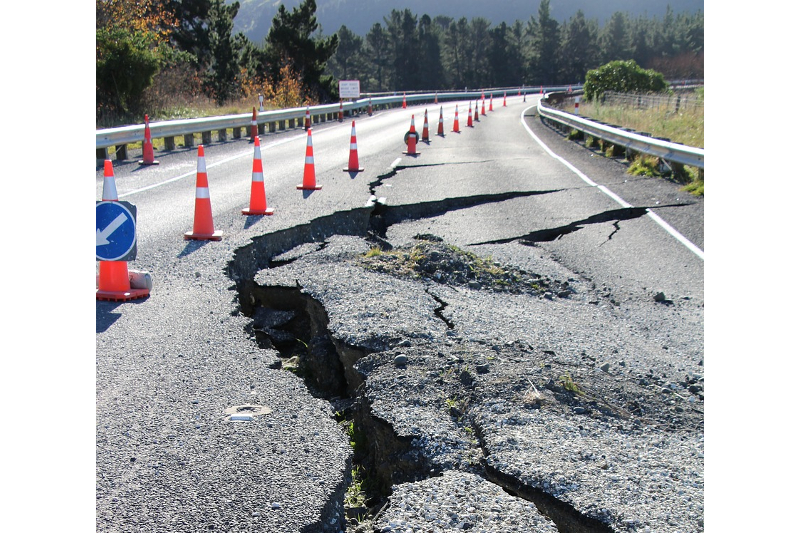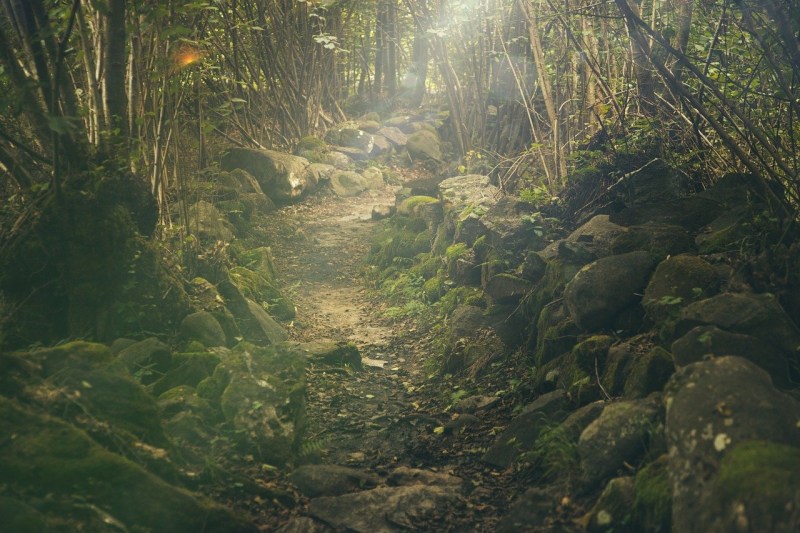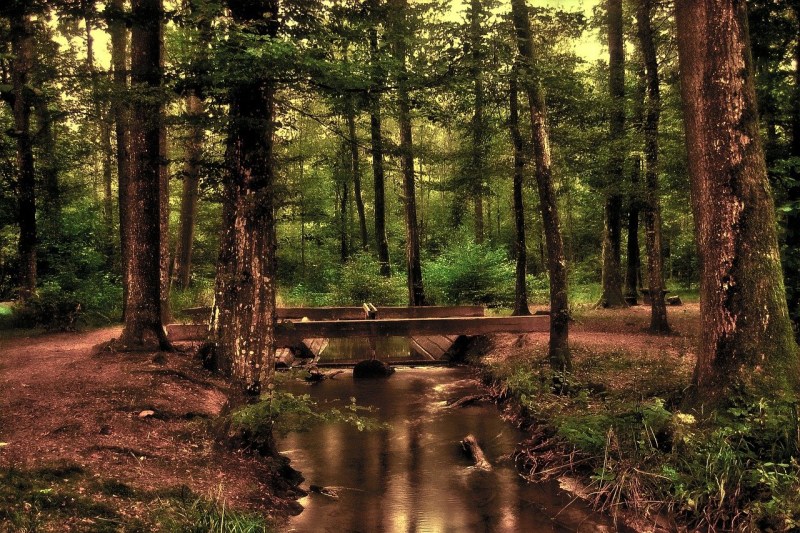Hurricane season always brings a heightened level of uncertainty for those who regularly meet the storms along their path. But the 2022 hurricane season has left some areas far more damaged than before. Of course, there were many who were affected by the hurricanes and the tropical storms they downgraded to as they moved across the land. Irreparable damage was done to families, homes, and livelihoods. However, hikers across the country have suffered losses, too.
Related Guides
- Places To Visit in America Before They Change Forever
- Best Hikes
- Most Physically Challenging Hikes in America
As rarely as it happens, hurricanes and the still-powerful storms they devolve into as they follow their paths can take quite a toll on public lands. Even a significant increase in heavy rainfall many miles from the eye of the storm can wreak havoc. Saturated land can lead to mudslides, trees falling, or damage to infrastructures such as paths, stairs, and even bridges. Due to the hurricanes that the country has suffered so far this year and the extended rainfall from those storm systems, washed-away trails have been recorded from North Carolina to Maine.
Trails Affected by the 2022 Hurricane Season

While some trails as far west as Olympic National Park in Washington state are washed out due to heavy rain, many are along the East Coast, along which hurricane’s paths usually fall. Trails in western Florida have been reported to have high water levels, making some areas nearly impassable at the moment. But some of the more concerning areas that suffered during the hurricanes and storms are among the most popular destinations in their areas.
In western North Carolina, Skinny Dip Falls is among the most popular trails in the Blue Ridge Parkway. The trail receives many hikers and visitors each year, which is why it had more infrastructure than other trails along the parkway. A bridge and stairs had been placed to make the trail more accessible as well as to prevent visitors on the designated path from damaging the surrounding lands. When Hurricane Fred swept through, the heavy rains not only swept the bridge away, but the increased volume of water even changed the path of the waterfall and stream.
Similarly, in Maine’s Acadia National Park, one of the heaviest periods of rain occurred wiping out one of the park’s most-visited attractions: The carriage roads. Though the historic roads were built to handle very heavy rain and storms, this season’s rains were so intense that some 10 miles of the 45 miles of roads buckled under the strain. The park has sought emergency contractors and funds to make repairs to accommodate visitors over the summer. But with so many visitors, the park also risks degradation of lands as people try to walk around the muddy areas of the trails. That’s why it is important to stay on the trail and worry about cleaning up hiking shoes and boots later.
The Positive Impact for Highly Populated Trails

While the impact of this hurricane season has been harsh with a difficult recovery ahead for many areas, there might be a silver lining. Many of these trails and outdoor areas are highly populated. But overcrowding has become even more exaggerated as people sought to get outside during the COVID-19 pandemic. As far more people visited both national parks and other notable historic nature areas, a far greater strain was placed on the facilities and lands to accommodate so many people trafficking through each day of the season. However, with the current setbacks due to this year’s heavy rains, some of the parks and public lands can enjoy a reprieve.
Instead, visitors can and should plan trips or stops to other less-visited areas or parks. State parks and national forests are also wonderful resources with beautiful landscapes to see. With the current rain damage, those looking to get outside should be encouraged to make other plans or visit less-populated parks. Many of the same outdoor activities are available in those public lands as well. So, before setting out, anyone looking to escape to public lands for a weekend should double-check the status of the location and any potential closures.
Volunteer to Restore the Trails

While the current post-hurricane state of some trails across the United States is dismal, there is plenty that can be done. Even during relatively normal seasons, trails need maintenance and upkeep. That’s where trail associations and local organizations step in. Each year, thousands of volunteers service trails across the United States by making repairs and improving the overall condition of the trail. Anyone can help.
Start by checking around locally for volunteer projects through local park offices or centers. Many national parks and national reserves hold volunteer days that locals and visitors alike can contribute to. However, some of the best-known long-distance trails in the country organize efforts as well. The Appalachian Trail Conservancy, for example, has local chapters spanning the East Coast from Georgia to Maine. Hikers who’d like to help in any state in between can reach out to the nearest chapter to register as a volunteer. The Pacific Crest Trail Association even started a trail skills college where volunteers can learn necessary skills before volunteering along the trail.
Those looking to dedicate more time to the cause can look for trail crew jobs with AmeriCorps. No matter where you are or how much you put toward keeping trails clean and tidy, every bit helps. From picking up trash to rebuilding trail stairs, giving back is vital to keeping public lands pristine.


